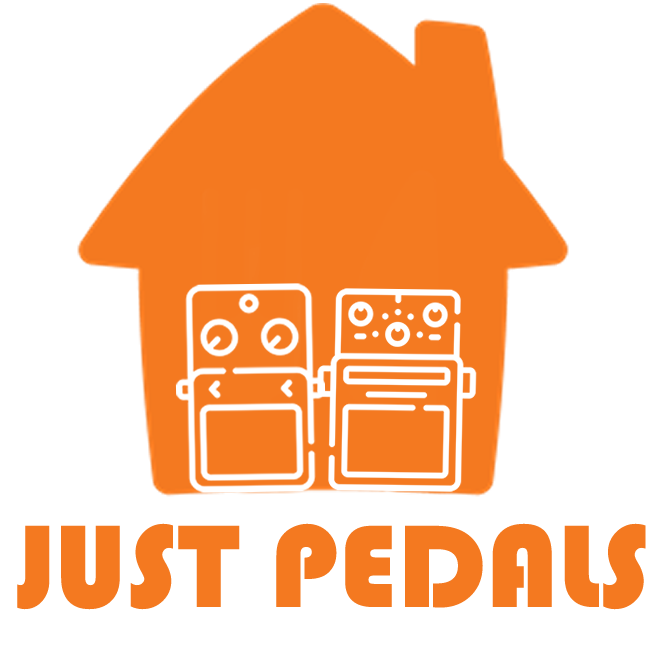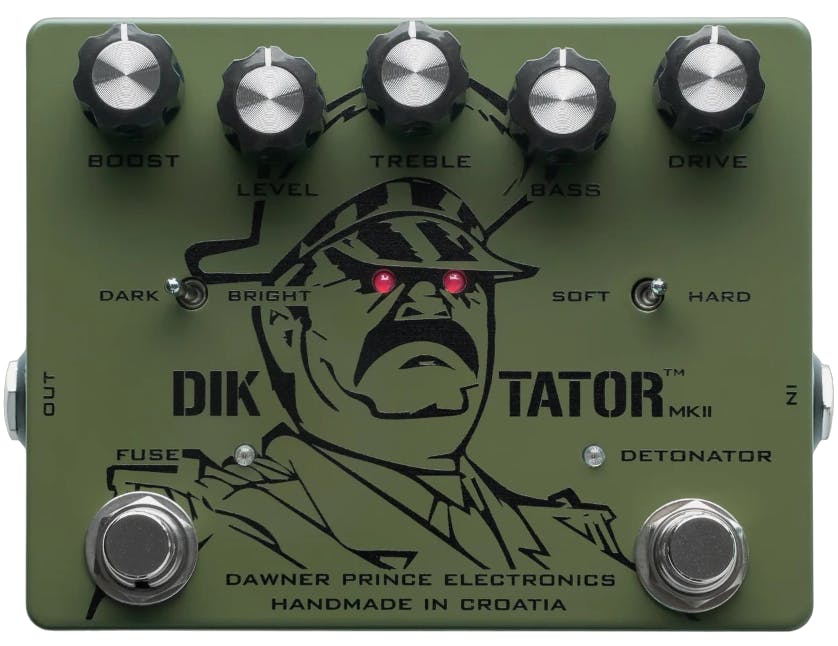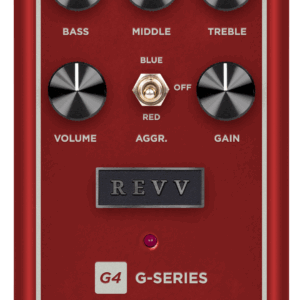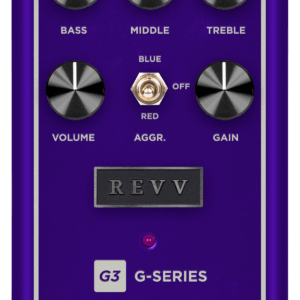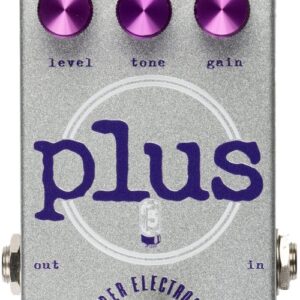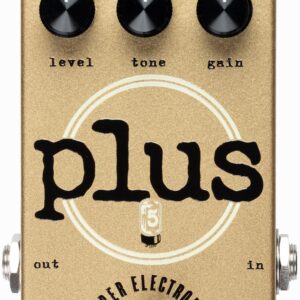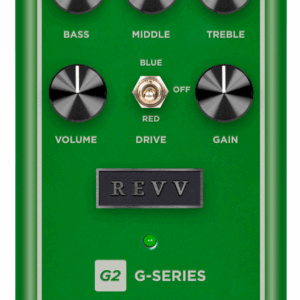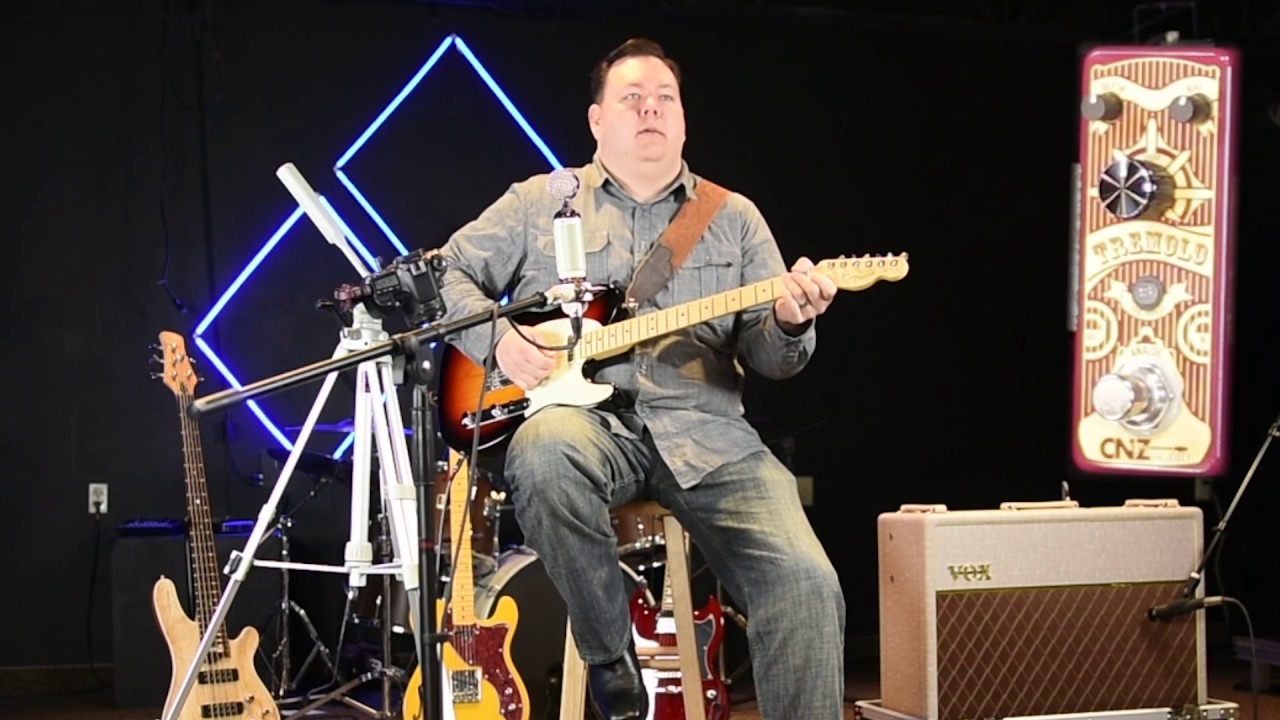Description
The Dawner Prince DIKTATOR MKII Preamp Boost Overdrive is currently retailing at £229 and it is in stock. Available to be delivered to you by post direct (some charge may apply). The top pedal chef at Just Pedals thinks that Dawner Prince Electronics nailed it here. Dawner Prince DIKTATOR MKII Preamp Boost Overdrive
We have new and used Dawner Prince Electronics musical equipment available on our website for fast direct delivery from sellers across the UK & Europe.
<p data-start="71" data-end="339">Dawner Prince Electronics is a boutique pedal company from Croatia, known for its precision-engineered, studio-quality effects. Their pedals, like the <strong data-start="222" data-end="232">Boonar</strong> multi-head drum echo and <strong data-start="258" data-end="267">Pulse</strong> optical tremolo, deliver rich, analog warmth with modern reliability.</p>
<p data-start="341" data-end="619">Built with top-tier components and innovative circuitry, Dawner Prince pedals offer unparalleled tone, depth, and dynamic response. Whether you're after vintage-inspired textures or cutting-edge modulation, their designs provide exceptional sound for both live and studio use.</p>
A boost pedal is used to increase the overall volume or gain of an instrument's signal, typically without adding distortion or altering the tone drastically. It’s commonly used to push the amp into overdrive, making solos stand out or increasing the power of the signal for a more pronounced sound. Boost pedals can also be used to emphasise specific frequencies, helping the instrument cut through the mix during performances.
There are different types of boost pedals, such as clean boost and colored boost. Clean boost preserves the natural tone of the instrument while increasing the volume, whereas colored boost can alter the sound slightly, adding warmth, presence, or a subtle tonal shift. Popular boost pedals include models from Xotic, Electro-Harmonix, and TC Electronic, each offering different features like EQ controls, low noise, and transparency, allowing players to tailor their boost to fit their unique playing style.
Just Pedals is a new Guitar Effect Pedals Marketplace – We feature new and used Guitar Effect pedals from different sellers, to purchase online from the UK.
We checked and good news we have it in stock, it has your name on it.
Order today and we will have it with you in a jiffy !
Overdrive is a popular guitar effect that creates a warm, distorted sound by amplifying the signal of an electric guitar, typically using a pedal or an amp's built-in circuit. The effect simulates the natural distortion that occurs when a tube amplifier is pushed to its limit, creating a rich, harmonic response that adds sustain, warmth, and character to the tone. Overdrive pedals are commonly used to add grit and growl to a clean tone without the harshness of full distortion.
The overdrive effect works by boosting the input signal, causing the amplifier to break up and clip the waveform, resulting in a smooth, musical distortion. This is often more subtle and less aggressive than other forms of distortion, making overdrive pedals ideal for blues, classic rock, and country players who seek a dynamic sound that responds to their playing touch. Overdrive pedals can be used in conjunction with other effects like delay and reverb to shape a more complex, evolving sound. Popular overdrive pedals include the Ibanez Tube Screamer, the Fulltone OCD, and the Boss OD-3, each offering different tonal characteristics, from smooth and bluesy to punchy and aggressive.
A preamp pedal boosts the guitar signal to line level before it reaches an amplifier, shaping the tone and adding warmth, character, or gain. Preamp pedals can be used to simulate the sound of an amplifier’s preamp stage, providing overdrive, distortion, or clean tone shaping. They can also be used to drive amplifiers harder or to add tonal colour and EQ adjustments. Some preamp pedals are designed to mimic classic amp sounds, such as those from Fender, Marshall, or Vox, while others offer more modern, transparent tones. Well-known preamp pedals include the Tech 21 SansAmp, Electro-Harmonix Soul Food, and MXR M81 Bass Preamp, making them a useful tool for tone shaping in both live performances and studio work.
Just the latest videos
Just related products
Auto Amazon Links: No products found.
